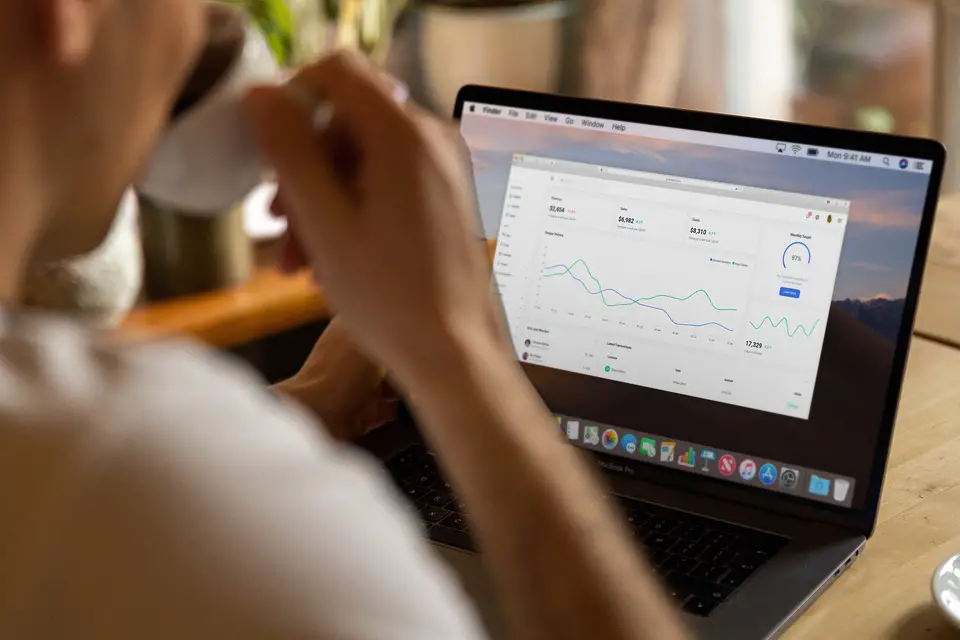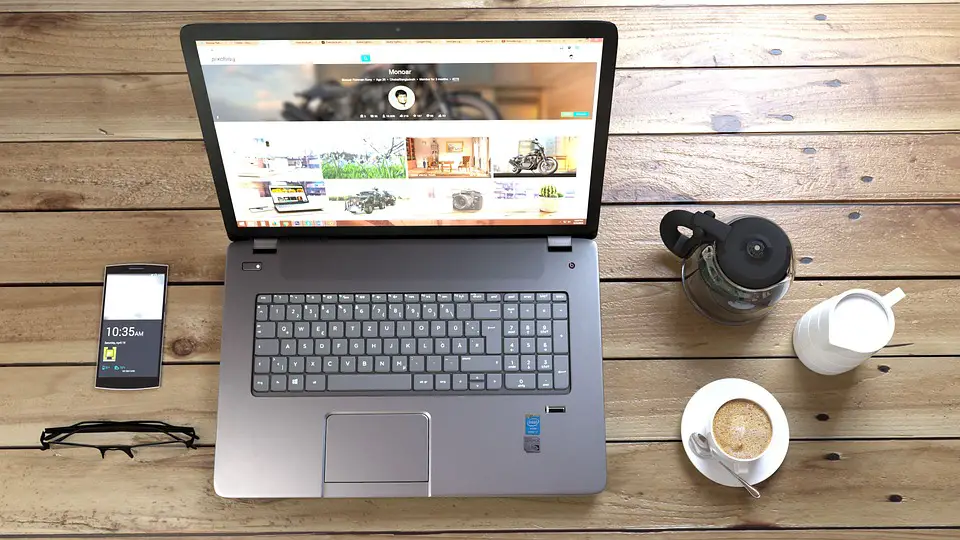Freelancing has become a popular career choice for many individuals seeking flexibility, independence, and the opportunity to turn their skills into income. If you’re wondering how to start freelancing, you’re in the right place! This guide will walk you through everything you need to know to kickstart your freelance journey.
Understanding Freelancing
What is Freelancing?
Freelancing is a way of working where you offer your services to clients on a project basis, rather than being employed full-time by a single company. Freelancers can work in various fields, including writing, graphic design, web development, marketing, and more.
Real-World Examples:
- A freelance writer creating articles for multiple online publications.
- A graphic designer working on branding projects for various clients.
- A web developer building websites for small businesses.
Why Choose Freelancing?
Freelancing offers a multitude of benefits, including:
- Flexibility: You can set your own hours and choose where you work.
- Potential Income: You have the opportunity to earn more than a traditional job, especially as you gain experience and build a client base.
- Personal Growth: Freelancing allows you to explore different projects and develop new skills.
Relatable Scenario: Imagine waking up and deciding to work from your favorite coffee shop or your home office. You can choose projects that excite you and work with clients who align with your values.
Getting Started with Freelancing
Identify Your Skills and Niche
The first step in starting your freelance career is identifying your skills and the niche you want to focus on.
Actionable Tips:
- Assess Your Skills: Make a list of what you’re good at—writing, graphic design, coding, etc.
- Research the Market: Look at freelance job boards to see what skills are in demand.
- Choose Your Niche: Select a specific area to focus on, which can help you stand out.
Real-World Example: If you’re a talented writer, consider specializing in a niche like travel writing or copywriting for small businesses.
Setting Up Your Freelance Business
Once you’ve identified your niche, it’s time to set up your freelance business.
Step-by-Step Guide:
- Create a Business Plan: Outline your goals, target clients, and marketing strategies.
- Register Your Business: Depending on your location, you may need to register as a sole proprietor or LLC.
- Set Up Your Workspace: Designate a comfortable and productive workspace, whether at home or elsewhere.
Tools and Resources:
- Use platforms like Trello or Asana for project management.
- Consider QuickBooks or FreshBooks for invoicing and accounting.
Finding Your First Clients
Building a Portfolio
A strong portfolio is essential for attracting clients.
How to Create a Compelling Portfolio:
- Showcase your best work, even if it’s from personal projects or volunteer work.
- Include case studies that highlight your problem-solving skills and results.
- Keep it visually appealing and easy to navigate.
Example of a Successful Portfolio Layout:
- Home Page: A brief introduction and your best work.
- About Page: Your background and what sets you apart.
- Contact Page: Easy ways for potential clients to reach you.
Networking and Marketing Yourself
Now that you have a portfolio, it’s time to get the word out.
Tips on Networking:
- Leverage Social Media: Use platforms like LinkedIn, Instagram, or Twitter to connect with potential clients and showcase your work.
- Attend Networking Events: Join local meetups or online webinars in your industry.
- Ask for Referrals: Don’t hesitate to ask friends or former colleagues if they know anyone looking for your services.
Real-World Example: A freelance graphic designer might join design communities on social media to share their work and connect with potential clients.
Managing Your Freelance Finances
Setting Your Rates
Determining how much to charge can be challenging.
How to Determine Your Pricing Strategy:
- Research Market Rates: Look at what others in your niche are charging.
- Consider Your Experience: If you’re just starting, you might want to set lower rates to attract clients.
- Choose Your Pricing Model: Decide between hourly rates or project-based fees.
Example: A freelance writer might charge $50 per hour or $200 for a 1,000-word article, depending on the complexity of the work.
Budgeting for Irregular Income
Freelancing often means fluctuating income, so budgeting is crucial.
Tips on Managing Finances:
- Create a Budget: Track your income and expenses to understand your financial situation.
- Set Aside Savings: Aim to save a portion of your income for lean months.
- Consider a Separate Bank Account: Keep your freelance finances separate from personal expenses for easier tracking.
Real-World Scenario: Imagine you earn $3,000 one month and $1,500 the next. By budgeting wisely, you can maintain a steady lifestyle despite the ups and downs.
Tools and Resources for Freelancers
Essential Tools for Freelancers
Having the right tools can make your freelance life easier.
Overview of Tools:
- Project Management: Use Trello or Asana to keep track of tasks and deadlines.
- Invoicing: Tools like FreshBooks or Wave can simplify billing and payment collection.
- Communication: Platforms like Slack or Zoom help you stay connected with clients.
Budgeting Apps
To manage your finances effectively, consider using budgeting apps like Mint or YNAB (You Need A Budget) to track your spending and savings.
Overcoming Common Freelancing Challenges
Dealing with Client Feedback
Receiving feedback is a part of freelancing, and handling it well is crucial.
Tips on Handling Constructive Criticism:
- Stay Open-Minded: View feedback as an opportunity to improve.
- Ask Questions: Clarify any points you don’t understand to ensure you meet client expectations.
- Implement Changes: Show clients you value their input by making necessary adjustments.
Real-World Example: A freelance graphic designer receives feedback on a logo design and uses it to create a more aligned version that satisfies the client.
Maintaining Work-Life Balance
Freelancing can blur the lines between work and personal life, so maintaining balance is essential.
Strategies for Setting Boundaries:
- Set Work Hours: Establish specific hours for work and stick to them.
- Create a Dedicated Workspace: This helps you mentally separate work from home life.
- Schedule Breaks: Take regular breaks to recharge and avoid burnout.
Relatable Scenario: Picture a freelancer who works late into the night but decides to set a firm end time for their workday. They find they’re more productive and happier when they prioritize personal time.
Conclusion: Your Freelancing Journey Begins
Starting your freelancing career can be an exciting and rewarding journey. By following the steps outlined in this guide, you’ll be well on your way to building a successful freelance business. Remember, the key is to take that first step, stay committed, and continually adapt as you learn and grow.
Now, go ahead and embrace the freelance lifestyle—you’ve got this!






